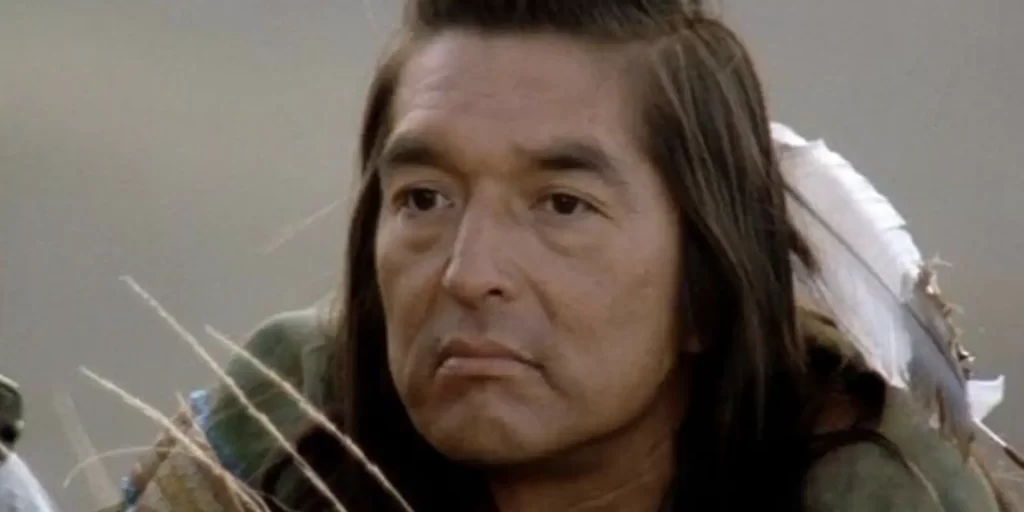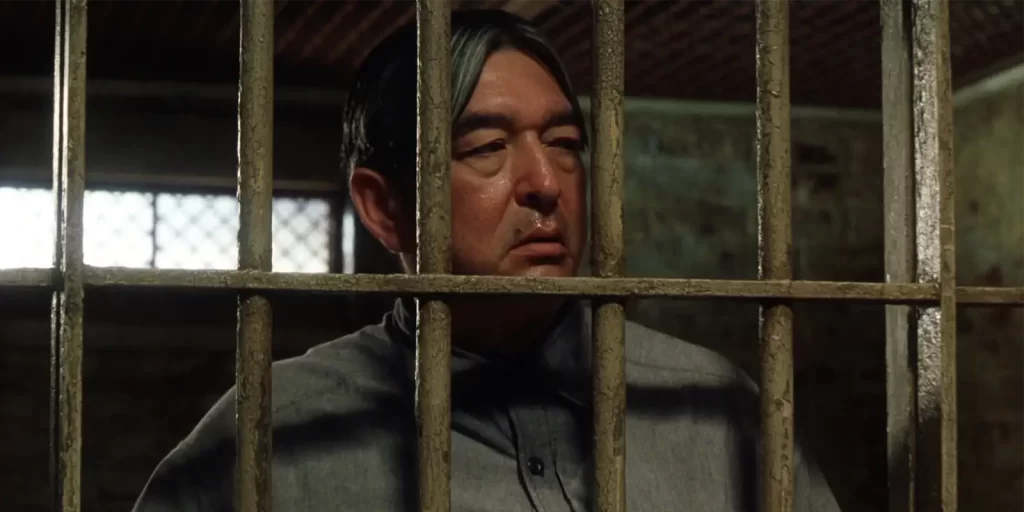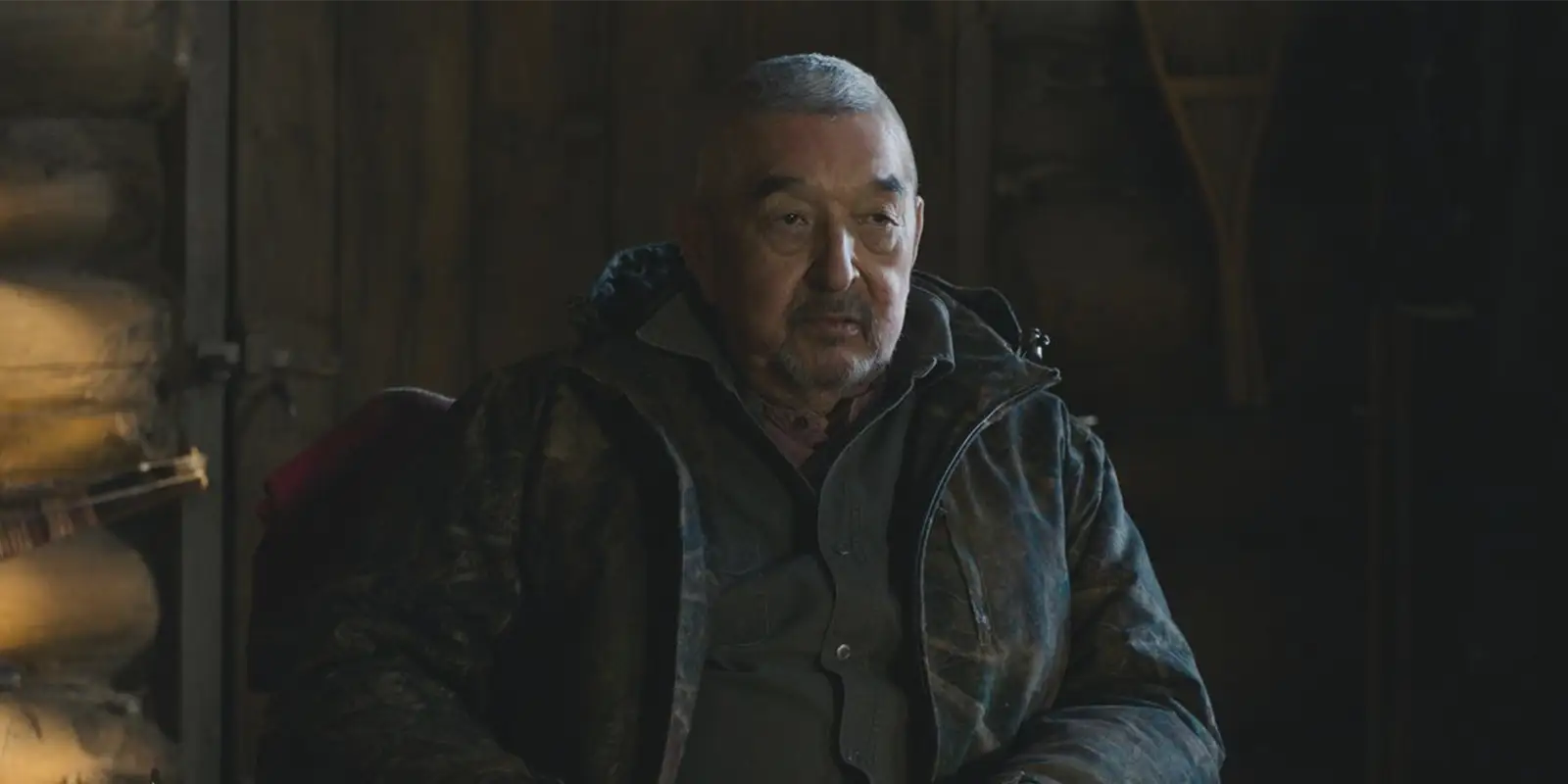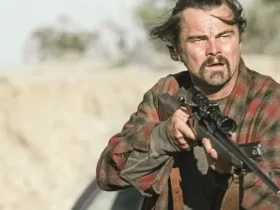The international film industry lost one of its great representatives with the passing of Graham Greene, the acclaimed Indigenous Canadian actor who died at the age of 73 in Stratford, Ontario. Recognized worldwide for his versatility and talent, Greene became a symbol of representation and pride for Indigenous communities on the big screen. His career, which spanned more than four decades, left an indelible mark on Hollywood as well as Canadian theater and television.
The beginnings of a unique talent
Born on June 22, 1952, on the Oneida Reserve in southwestern Ontario, Graham Greene grew up surrounded by the values and traditions of his community. Before devoting himself fully to acting, he worked in trades as varied as welder, carpenter, and audio technician. It was in 1974 that he turned his life around when he graduated from the Indigenous Theatre Centre in Toronto, paving the way for a career that would establish him as one of the most respected actors of his generation.
His first opportunity came on Canadian television in 1979, with a role in the series The Great Detective. Shortly thereafter, he made his film debut in Running Brave (1983), a movie that chronicled the life of Sioux athlete Billy Mills. Although these early steps made him famous in his native country, his big leap to international recognition would come a few years later.
The role that changed everything: Dances with Wolves

Greene’s career reached a high point in 1990 when he played Kicking Bird, the medicine man of the Sioux tribe in the film Dances with Wolves, directed by and starring Kevin Costner. His sensitive and profound performance earned him an Academy Award nomination for Best Supporting Actor, making him one of the few Indigenous actors to receive such recognition.
The film was not only a box office success but also a cultural phenomenon, winning seven Oscars, including Best Picture and Best Director. Greene’s character, in particular, stood out for his humanity and his ability to convey the spiritual strength of Native peoples at a time when Indigenous representation in cinema was scarce and stereotypical.
A diverse and enduring career
Following the success of Dances with Wolves, Greene cemented his place in the industry with roles in major Hollywood productions. We saw him in action comedies such as Maverick (1994), alongside Mel Gibson, and Die Hard with a Vengeance (1995), sharing the screen with Bruce Willis and Samuel L. Jackson. He also left a memorable mark in The Green Mile (1999), where he played Arlen Bitterbuck, a prisoner awaiting execution in the famous story based on Stephen King’s novel.
The actor was not limited to film, as his talent also shone on television. Series such as Longmire, Defiance, Tulsa King, and more recently, Reservation Dogs and The Last of Us brought him closer to new generations of viewers. He also participated in the popular youth saga The Twilight Saga, playing the chief of a tribe in the 2009 and 2012 installments.
His filmography is extensive and varied, showcasing his ability to adapt to both dramatic roles and humorous characters, always bringing a magnetic presence that elevated any production.
Awards and commitment
Greene was a staunch advocate for Indigenous culture and a role model for young actors in his community. In 2016, he received the Order of Canada for his contribution to theater and film, and in 2022, he was awarded a star on Canada’s Walk of Fame. That same year, he proudly stated that, despite opportunities in the United States, he never wanted to leave his native country: “I was born in Canada, and I’m staying here.”
In June 2023, Greene was honored with the Governor General’s Lifetime Achievement Award in the Performing Arts, where he reflected on the changes he had witnessed in the industry: “In the beginning, there was nothing, no real space for our stories or our talent. Today, there are more and more Indigenous writers and actors making their way, and it’s wonderful to see.”
Tributes from colleagues and admirers
Upon hearing the news of his passing, figures from film and television expressed their sadness and admiration. Actor Gil Birmingham, Greene’s co-star in Twilight and Wind River, wrote: “My heart is broken. We lost an incredible talent who inspired a whole generation of Native actors.” Lily Gladstone, star of Killers of the Flower Moon, described him as “one of the best of all time,” noting that his work was “unforgettable, profound, and expansive.”
Lou Diamond Phillips, who shared the screen with him in Wolf Lake and Longmire, remembered him as “an actor’s actor, witty and warm, an icon and a legend.” These words reflect the indelible mark he left not only on his colleagues, but on the entire industry.
A legacy that transcends

Graham Greene was not just an actor; he was a pioneer who paved the way for Indigenous representation in film and television. His ability to bring complex, human characters to life, far removed from stereotypes, allowed many stories from his community to be told with respect and dignity.
His passing leaves a void on the screen, but his legacy will live on in each of his performances and in the generations of artists he inspired. For many, Greene was more than an actor: he was a bridge between cultures, a narrator of his people’s truth, and an example of integrity.
At 73, Graham Greene leaves us with a rich and diverse body of work that will be remembered with respect and admiration. As he once said, “Today there are many young Indigenous people entering the industry, and it’s beautiful to see.” Without a doubt, they will continue on the path he paved, keeping the essence of his legacy alive.








































Leave a Reply